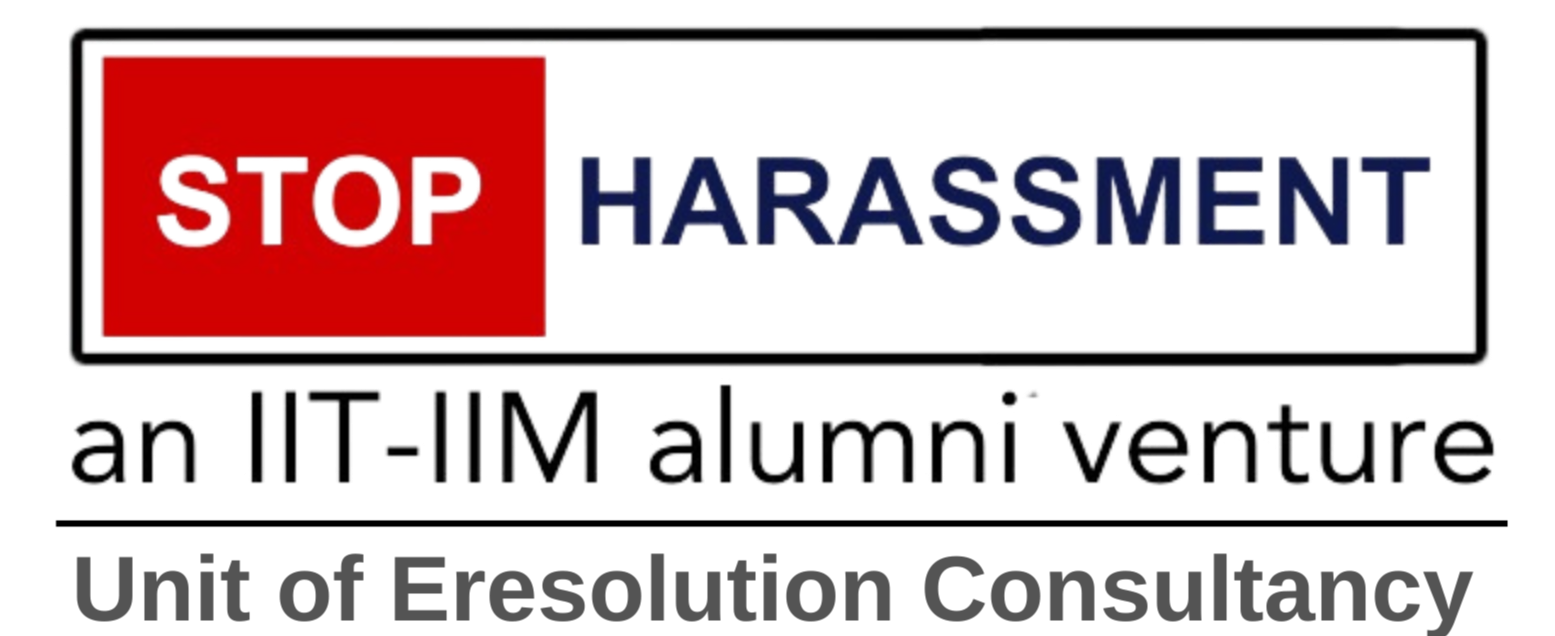· Debt Laws & Resolution · 2 min read
Chasing Dues the Right Way: Understanding Legal Debt Recovery in India
Confused about how debt is recovered in India? This blog breaks down the legal processes, the role of authorised recovery agents, and what borrowers and lenders must know. From SARFAESI to DRTs, learn how debt recovery works without harassment—and how to navigate it responsibly.
 (Stopharassment) Chasing Dues the Right Way Understanding Legal Debt Recovery.CEsdngE0.jpg)
In India, as credit becomes more accessible, instances of delayed repayments have also risen. Whether it’s personal loans, credit card bills, or business credit, lenders are increasingly relying on formal debt recovery methods. But there’s a right way—and a legal way—to recover dues. If you’re a borrower or lender, understanding the authorized debt recovery process is key to avoiding harassment, legal issues, or financial damage.
What is Debt Recovery?
Debt recovery is the process of legally collecting money from borrowers who have defaulted on their loan repayments. It involves structured steps under laws like the SARFAESI Act, RDDBFI Act, and various RBI guidelines to ensure ethical practices. It is not just about getting the money back—it’s about doing it right.
Authorized Agents vs. Recovery Agents
In India, banks and NBFCs often hire third-party recovery agents. However, these agents must be:
Trained as per RBI norms
Authorized and registered with the lending institution
Bound by a code of conduct
Aggressive or threatening behavior is not only unethical but also illegal.
Lenders must inform borrowers in writing before engaging agents, and borrowers can request identity proof to confirm legitimacy.
Legal Frameworks That Govern Debt Recovery in India
SARFAESI Act, 2002
Allows secured creditors to seize and sell assets of defaulters without court intervention, but only for secured loans above ₹1 lakh.RDDBFI Act, 1993
Debt Recovery Tribunals (DRTs) handle large loan defaults (over ₹20 lakh), offering faster dispute resolution than civil courts.Indian Contract Act, 1872
Enforces the loan agreement terms, including late payment charges, default clauses, and pre-closure conditions.Insolvency and Bankruptcy Code (IBC), 2016
Offers a structured resolution or liquidation process, especially useful for business and corporate loan defaults.
Borrower’s Rights During Debt Recovery
Right to dignity and privacy
Agents cannot call at odd hours, contact unrelated people, or use threatening language.Right to written communication
Borrowers must receive official notices about defaults, outstanding amounts, and next steps.Right to dispute and legal counsel
You can always contest the claims or negotiate with proper legal representation.
Final Thought
Debt recovery in India follows strict legal frameworks to ensure fairness for both lenders and borrowers. Whether you’re repaying or collecting, it’s crucial to know your rights and responsibilities. Unethical practices are not only discouraged but also punishable. Legal and ethical recovery isn’t optional—it’s the standard. Stay informed, act wisely, and protect your financial well-being through the right channels.

.CQX6XYsF.jpg)

.BRHoz0Cm.jpg)